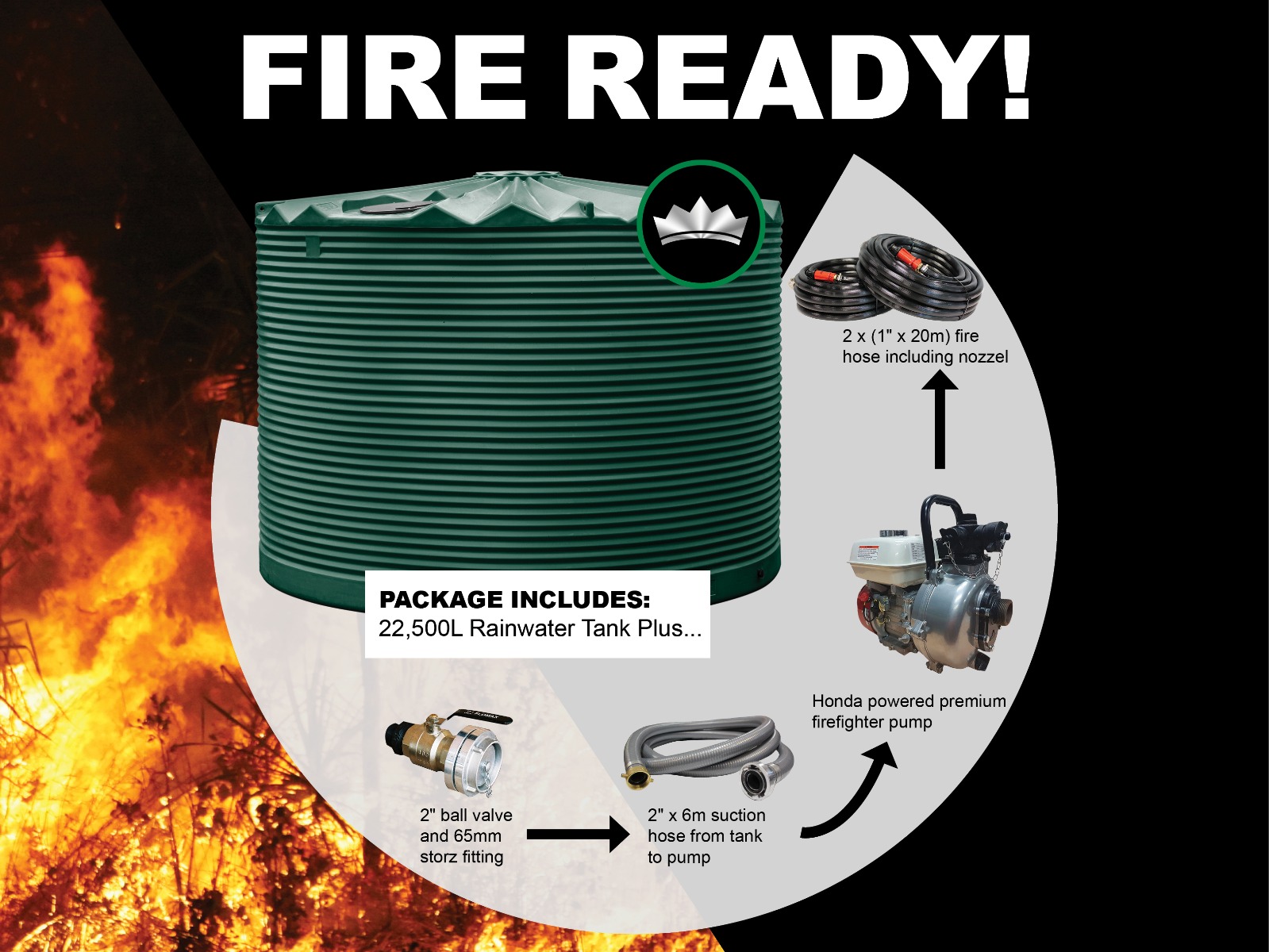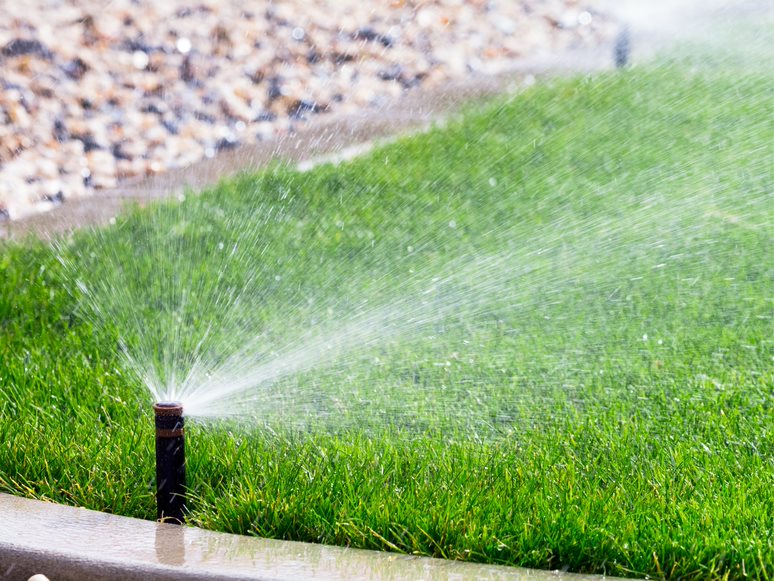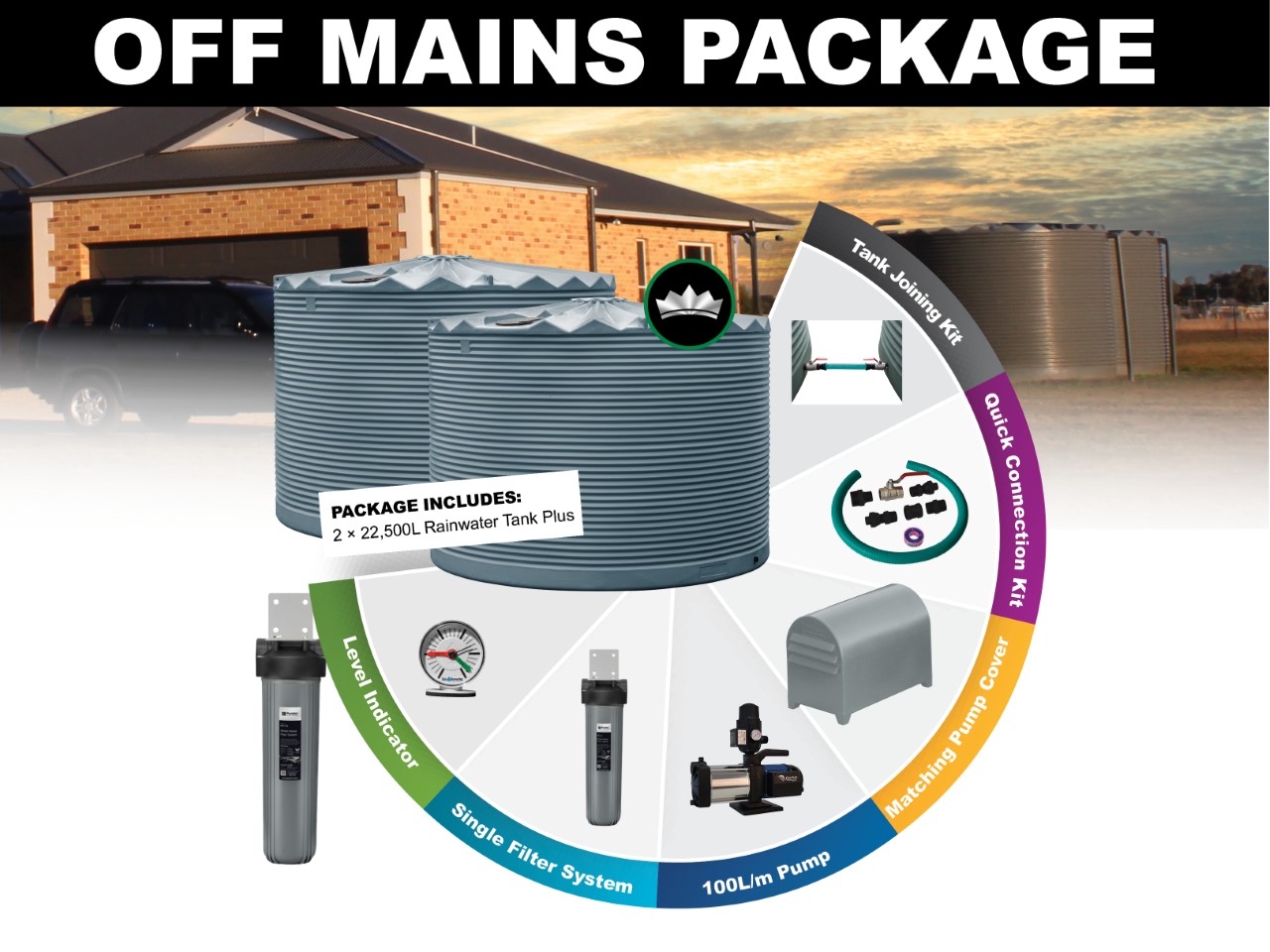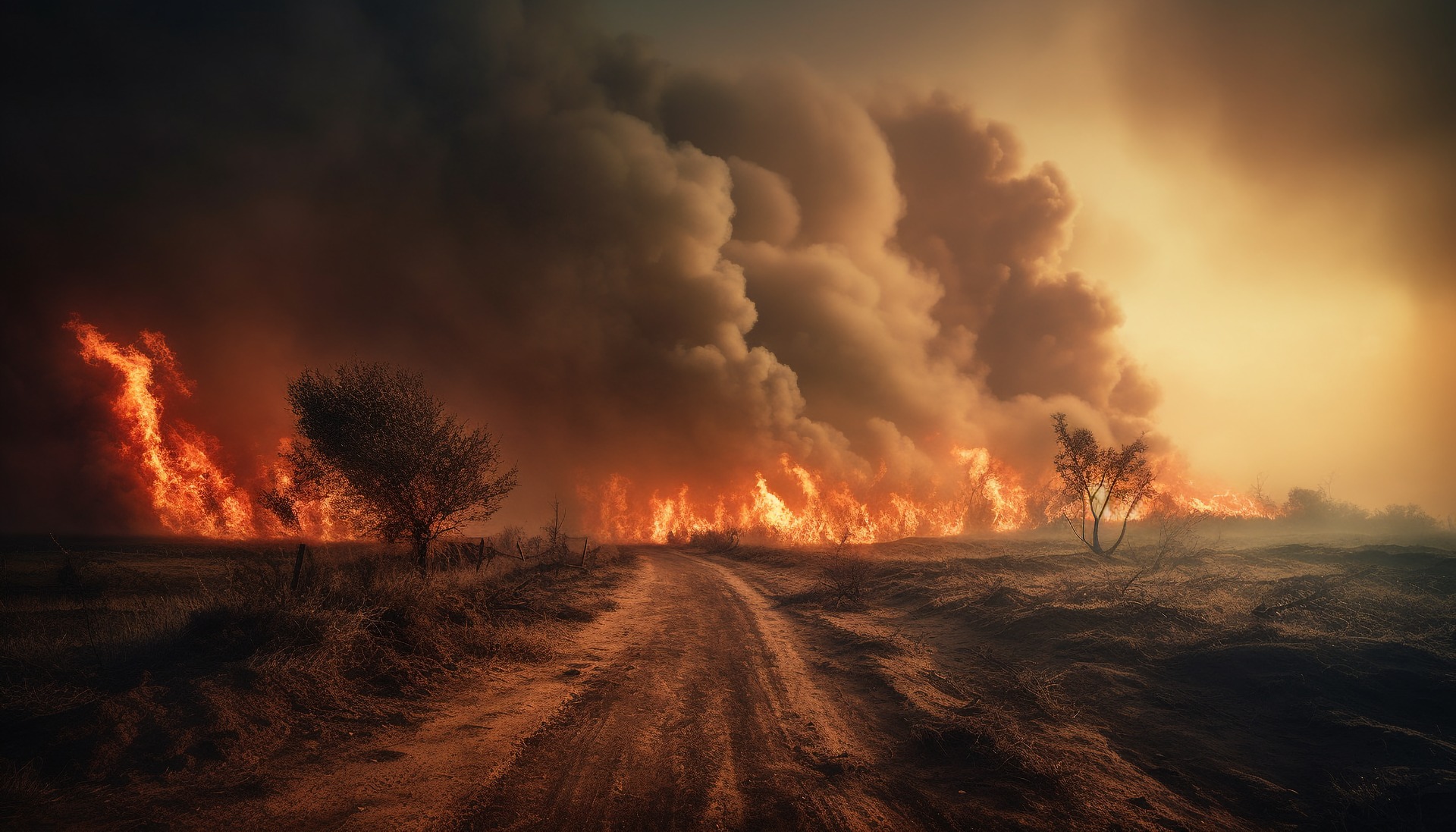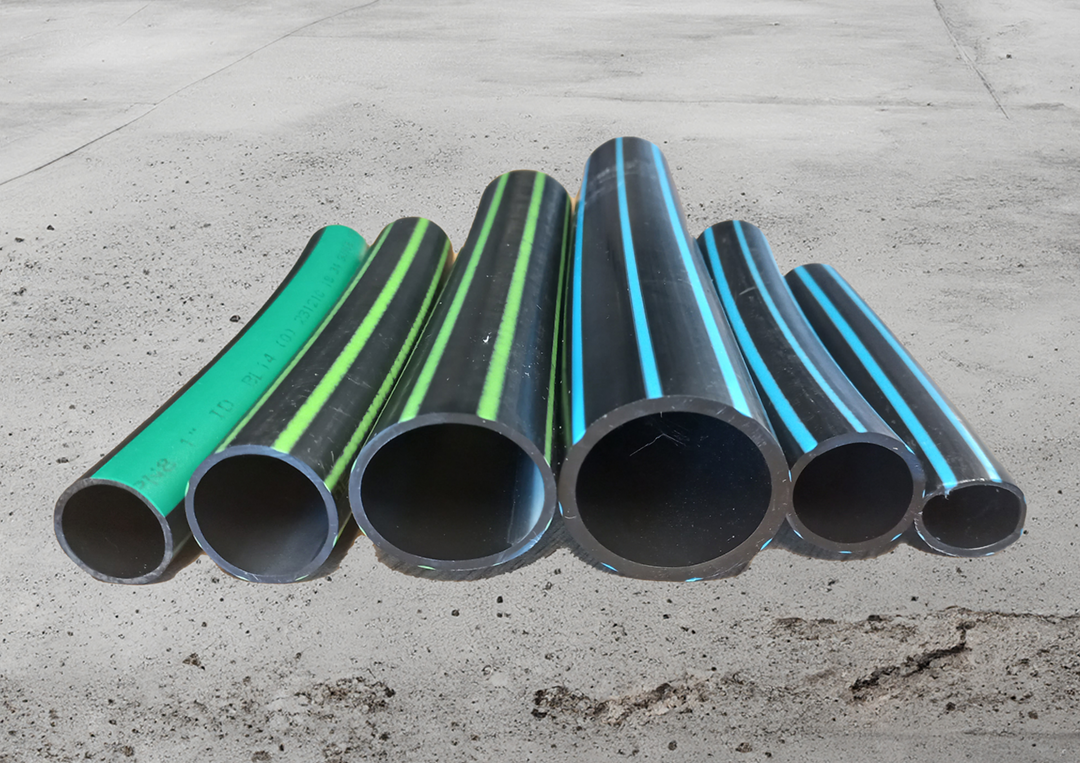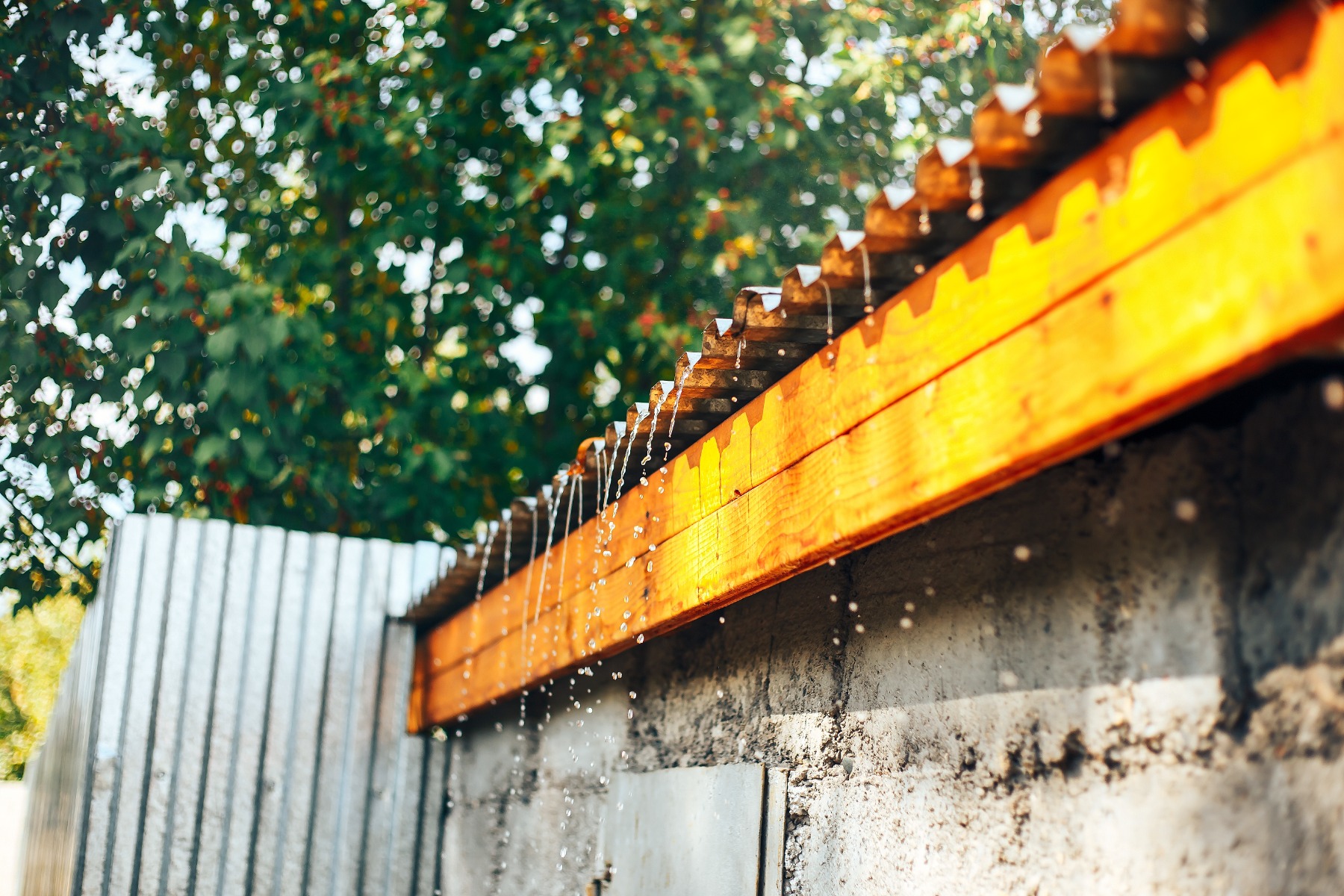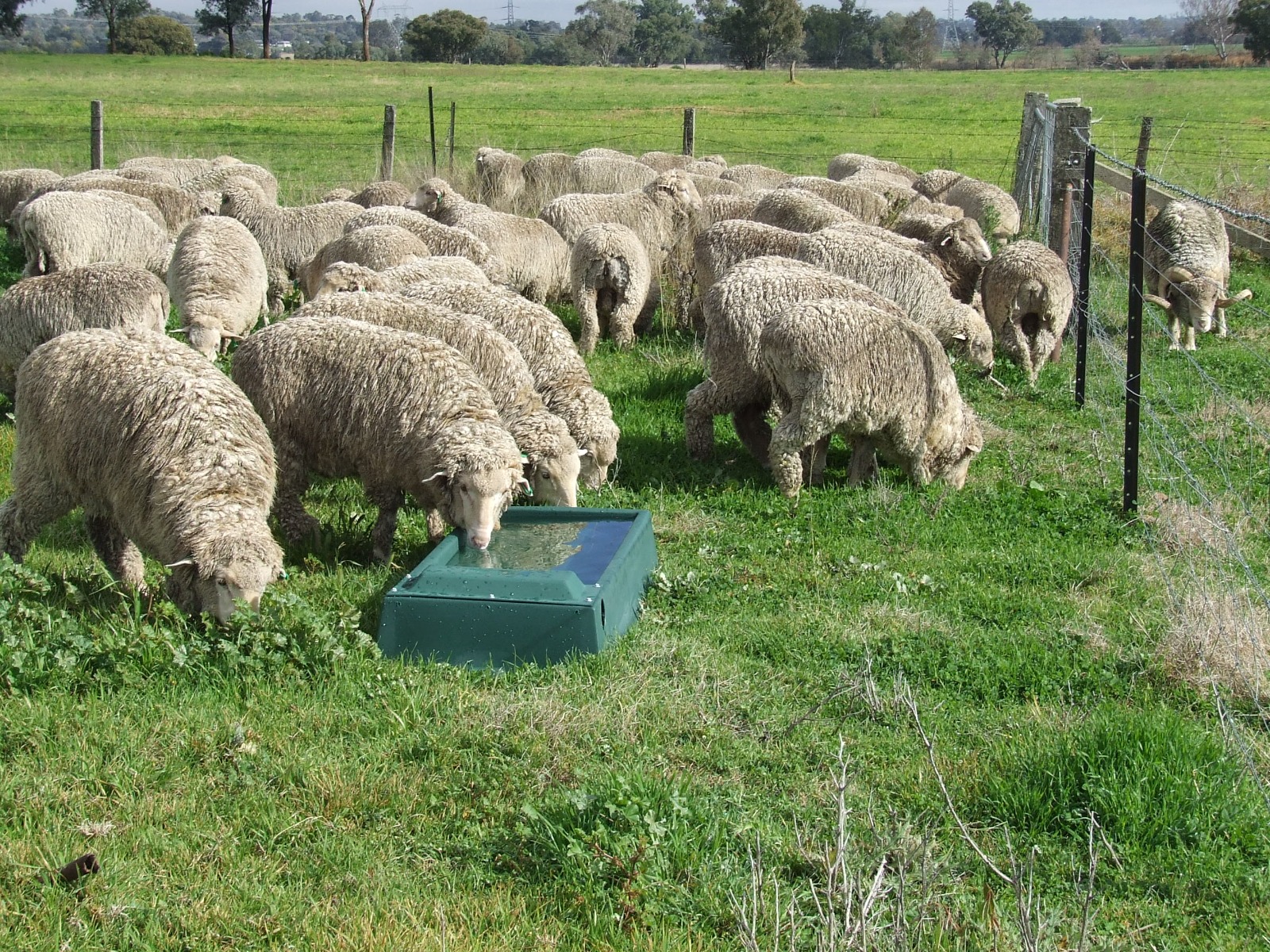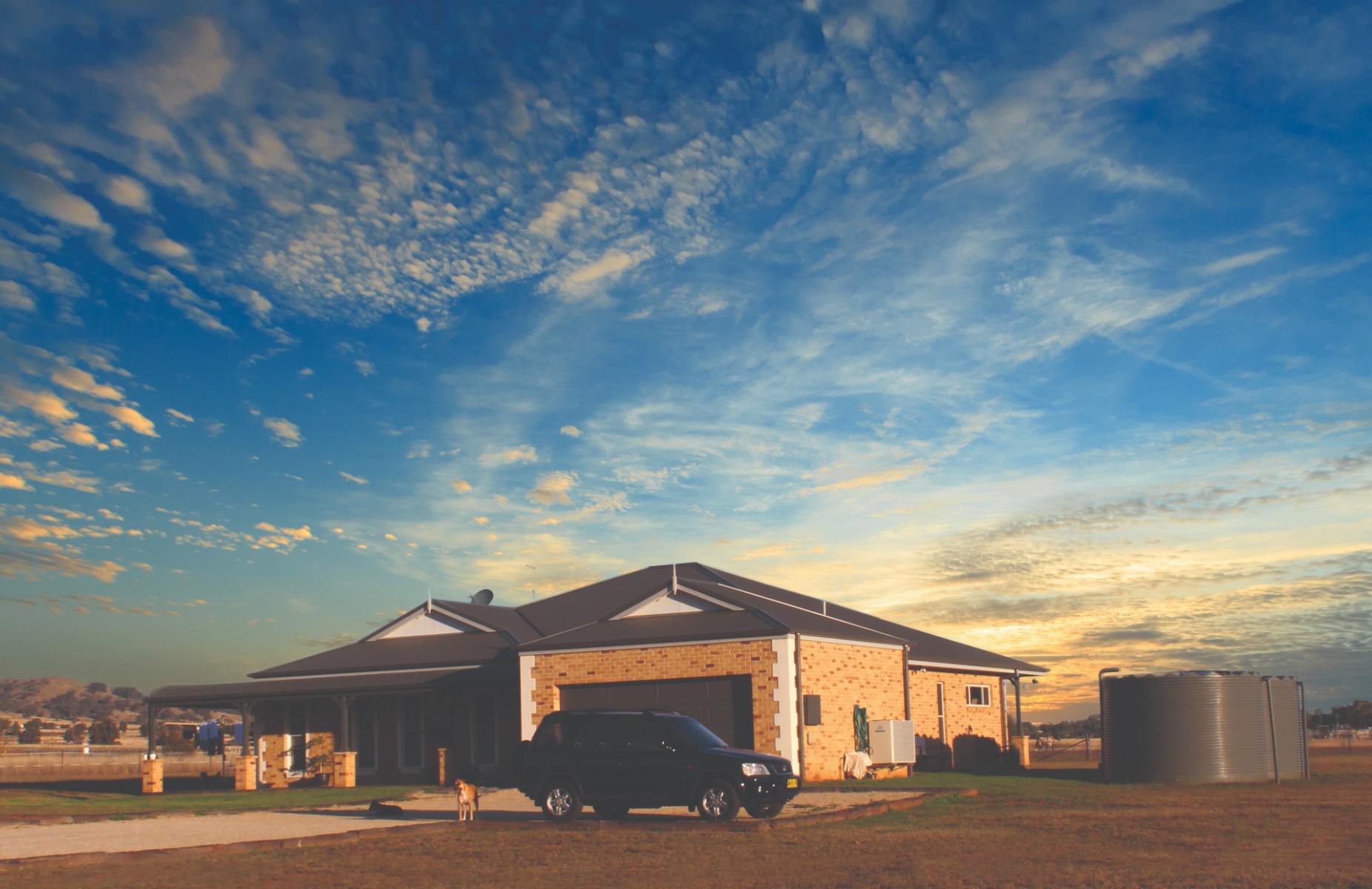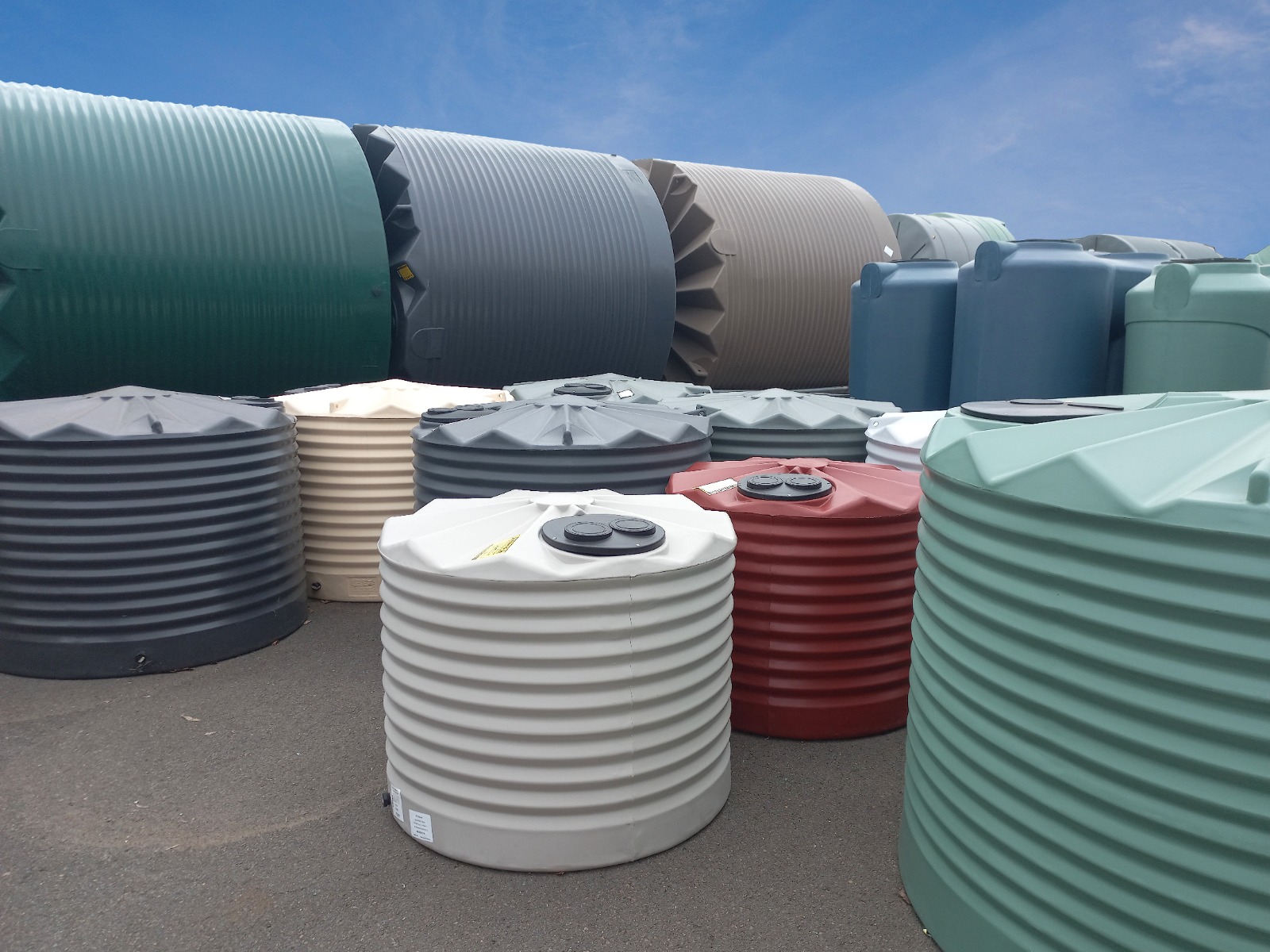September marks the beginning of spring and before we know it, the heat of summer will be upon us. As all Australian’s know, the coming of summer also means the coming of bushfire risk, so it also means preparing properties for the upcoming fire season and reviewing bushfire plans.
Bushfire Outlook 2021
The Seasonal Bushfire Outlook, Spring 2021 includes forecasts for a wetter-than-average spring for much of Eastern Australia. Coming after recent rainfall that has resulted in average to above-average soil moisture and stream flows across many areas, these factors will combine to promote strong grass growth in many regions. As temperatures rise, fires could become an increased risk as grass dries out and cures.
Queensland and New South Wales reported a challenging hazard-reduction season, with a wet autumn delaying controlled burns and local authorities will be conducting planned burns at every opportunity.
Preparation
It is the responsibility of every homeowner living in an area of bushfire potential to understand their risk and develop a personal bushfire plan.
The purpose of the bushfire plan is to outline what you need to do to help safeguard your property and what actions each member of your family will take on fire risk days and if a fire threatens. Fire authorities are clear – making a choice when a bushfire threatens is too late and people all-too-often make poor decisions when faced by the fear and anxiety of fire.
Every bushfire plan is different and must be tailored to your specific circumstances. For more information on creating your bushfire plan, a multitude of resources are available on the websites of your regional fire authority.
Fire Fighting
While planning is critical, bushfires are fast-moving and extremely unpredictable so even if you plan to leave early, it makes good sense to have some independent fire-fighting capability on your property.
You will need a water supply, an independently-powered water pump and a fire hose. A reliable and accessible water supply is essential and if you don’t have access to a swimming pool or dam, this will typically mean a water tank.
If your water tank is used for other purposes such as domestic water supply, you will need to ensure that you always have an adequate reservoir of water for fire-fighting purposes. Rapid Plas tanks have two outlets at the base, and a simple internal pipe arrangement inside the tank can ensure a reservoir of water for firefighting.
Your pump should be a reliable, petrol or diesel driven, self-priming, high-pressure water pump. This should be kept in position, connected to the tank with a full fuel tank and regularly checked. All people nominated in your fire plan should know how to start and operate the pump.
Your discharge hose must be long enough to reach all parts of the area you wish to defend, and you’ll need to ensure that you have the necessary clothing and equipment to protect you from radiant heat and flying embers.
Remember, emergency services recommend that you leave early and with no time to think in the face of a crisis, the importance of proper preparation cannot be over-stressed.
Rapid Plas have a range of fire-fighting packages with tanks, pumps, and hoses, and can provide advice and information. Call our team on 1800 816 299 or email sales@rapidplas.com.au with your enquiry.


